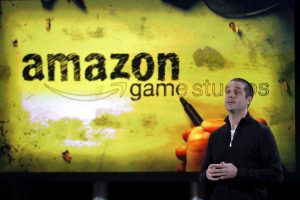— July 3, 2019
We live in a global economy. And even if 80% of your business is focused on the US market, that is four time zones right there – six if you count Alaska and Hawaii. No position in your marketing team feels this more than your email marketing manager. Without a doubt, they have been exploring the email marketing best practices as it pertains to perfect timing. (If not, please forward them this article immediately.)
Perfect timing in email marketing can improve your open rates because you are hitting home with relevant content at an opportune time. Unlike the philosophical debates that stem from the proverbial tree that falls in an empty forest, a midnight email sent to an unwatched inbox is not very likely to get opened. Therefore, perfect timing allows you to queue up your emails in a manner that allows them to get opened with maximum efficiency.
However, it is not that simple, as there are two types of perfect sending. One is an algorithmic-based send and the other is a time warp, and it’s important to know the email marketing best practices for each use case.

geralt / Pixabay
Algorithmic-based sending means that your email service provider chooses the most likely time for your subscribers to open the email. Some do this on a per-subscriber level, while others do it on analyzing the list as a whole. Either way, if this is perfect timing, you have to really ask yourself if this is the best for your needs.
I had a client that ran a promotion that ended at a certain time and we wanted to send a final reminder. Now, using this type of perfect timing could have caused a problem, namely, the email could have been sent after the promotion ended!
So, it’s important to know how to use this. And I see an excellent opportunity for an algorithmic-based sending feature when you are interested in driving traffic to a site with evergreen content, meaning it’s not important when the traffic hits home – just that it does hit.
In cases like this, using an algorithmic-based send is a great resource to use to maximize open rates and click-through rates. The perfect example of this might be a newsletter that is not super time sensitive, or an email that announces a new promotion with plenty of time before it ends. This way, you can deliver your email marketing campaign when your customers are most likely to read them!
Lastly, let’s focus on the perfect timing mechanism known as time warp. This method sends out the email to your customer at a specified time in their time zone. For this, you cannot be a “last minute” type of email marketer; rather, ESPs will require you to schedule it at least 24 hours in advance.
It is best practice to use this method when you are sending traffic down a sales funnel. And when you do so, first pinpoint your online store’s peak hours. Then work backward to calculate the amount of time someone needs to buy something; for example, you might be offering a particular product where there is no choice (relatively short sale) or you are sending people to go look for what they want (longer cycle).
Either way, once you figure this out, deduct the time from your store’s top-selling hour, lace your email with a strong call to action, and then send the email via the time warp feature. This will give you maximum results no matter where your customers are located.
Digital & Social Articles on Business 2 Community
(33)





